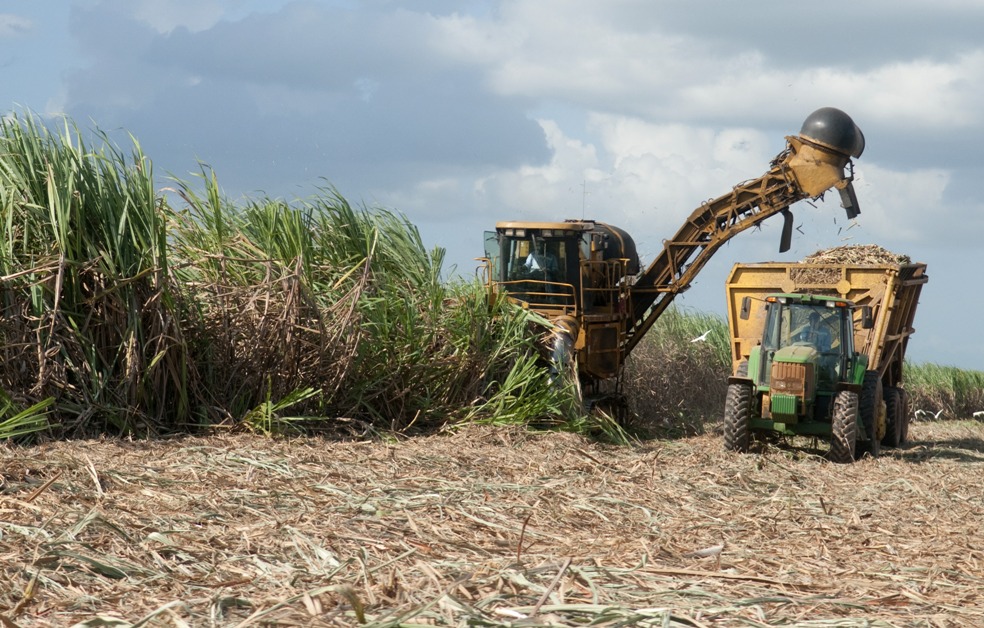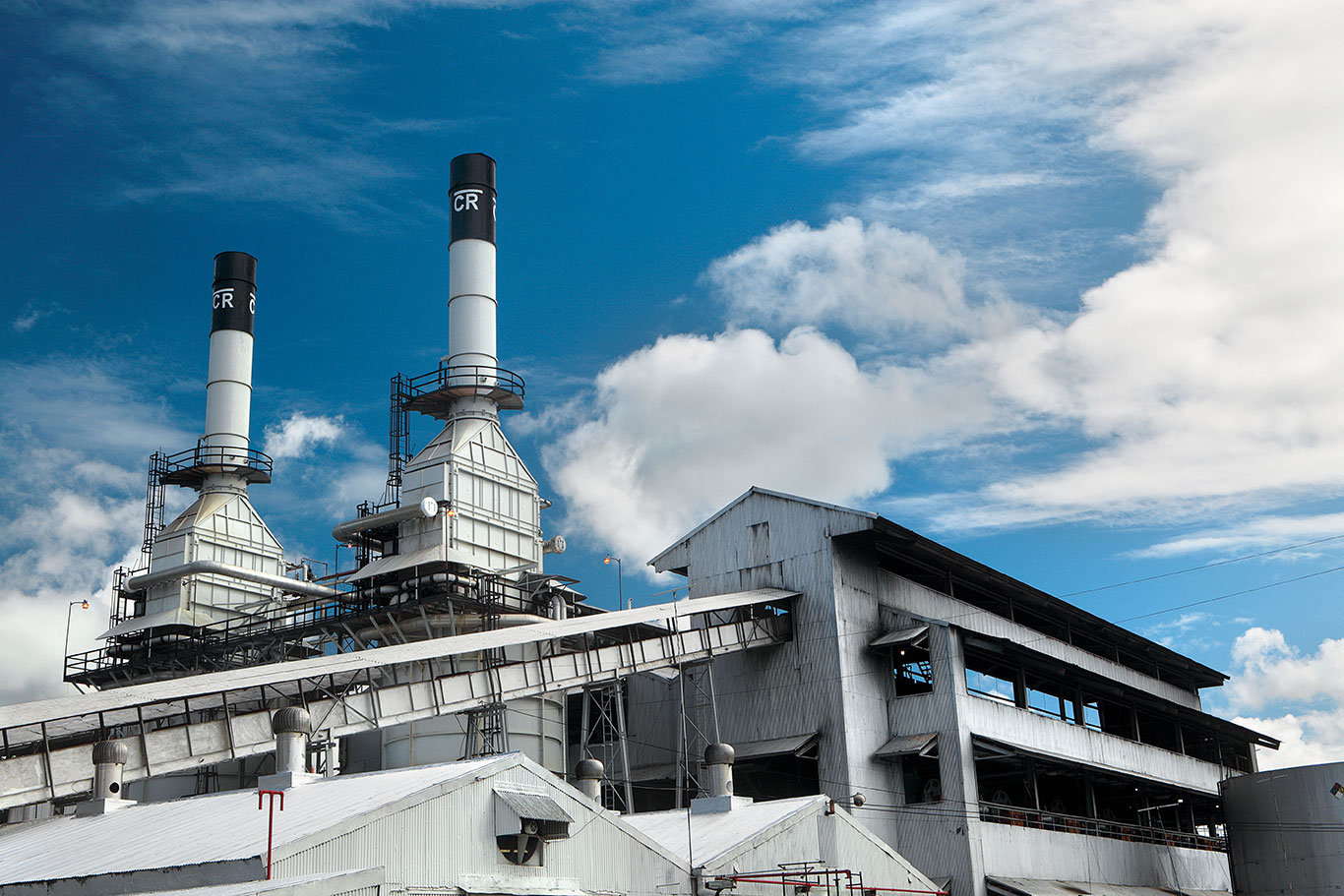
Furfural production
Naturally occurring and readily replenishable agricultural residues like sugarcane bagasse (a byproduct of sugarcane harvesting), corn cobs, wood pulp or cereal byproducts such as the hulls of cotton seed, oats and rice make up a huge renewable feedstock for furfural production. These hemicellulosic agricultural wastes are all rich in pentosans, the precursor polysaccharide of furfural. The worldwide leading manufacturer of this renewable chemical, Central Romana Corporation, is located in the Dominican Republic, conveniently situated near where the sugarcane is grown.

Sugarcane processing
From sugarcane to sucrose
Sugarcane is growed and harvested in the Dominican Republic to produce sugar. The first step in the process is to crush the sugar cane to extract the juice. The Juice undergoes a clarification process to remove impurities and is concentrated into a syrup. The syrup is crystallized and separated to form raw sugar. The raw sugar is refined after further crystallization, centrifugation and further processing to various grades. The output of this process is granulated sugar for consumption.

Furfural processing
From agricultural waste to furfural
In the production process, after the successful production of refined sugar, the sugarcane bagasse is still left. The polysaccharide C5 sugars can be transformed to furfural by acid-catalyzed hydrolysis and dehydrogenation. Afterwards, water and furfural are separated by steam distillation. By this process, the agricultural waste from sugar production is converted to high value chemicals.
Curious? Order a sample
Request a sample to assess the quality and potential applications in your industry.
Interested? Get in contact
Would you like more information? Or are you interested in ordering one of our products? Contact us! We are happy to help you.